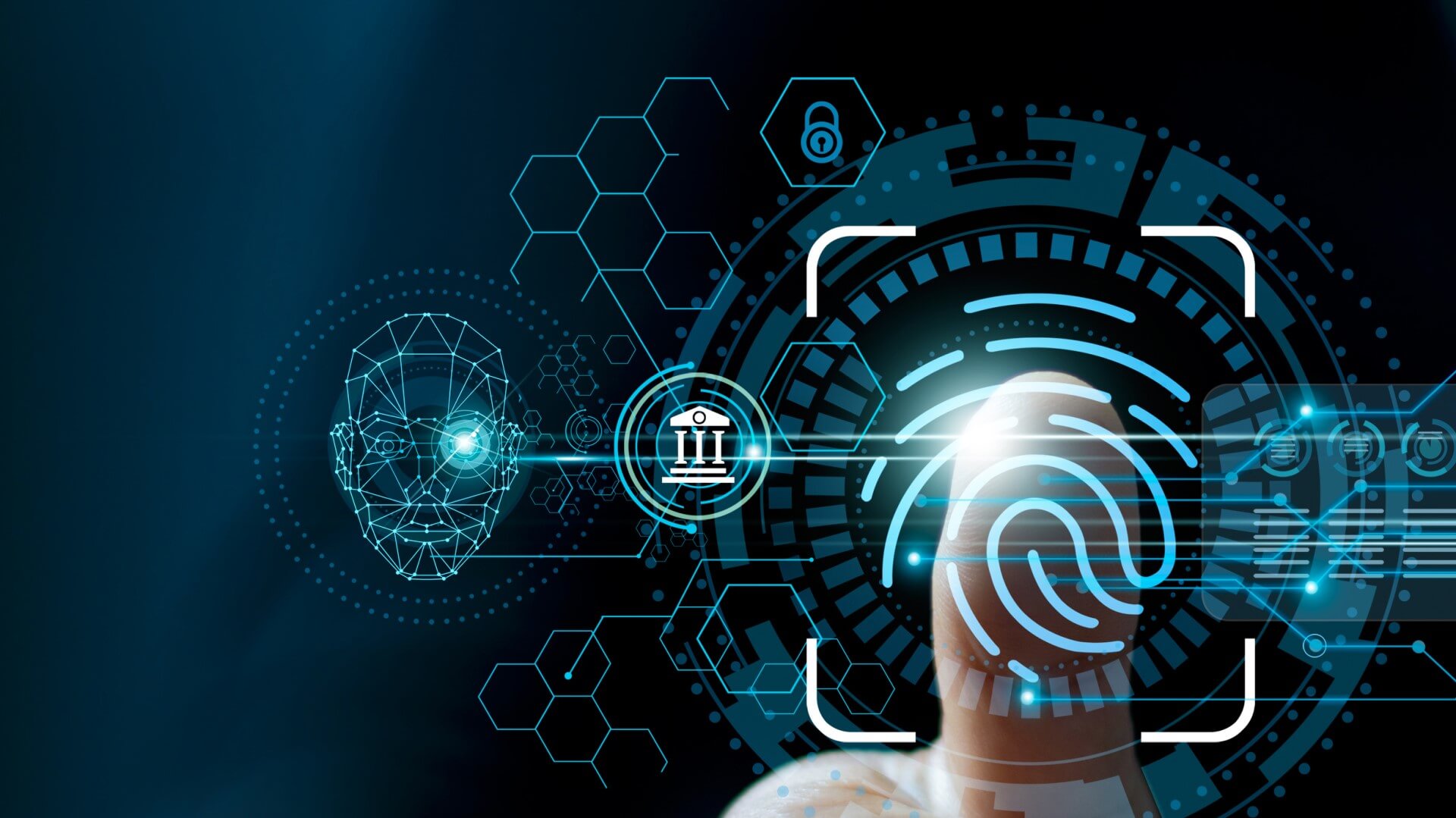Biometric Payment Authentication: Securing Transactions with Your Identity


Revolutionizing Transaction Security: Biometric Payment Authentication
In the rapidly evolving landscape of digital transactions, biometric payment authentication has emerged as a game-changer, providing a secure and convenient method to verify one’s identity during financial transactions.
Understanding Biometric Payment Authentication
Biometric payment authentication utilizes unique biological traits, such as fingerprints, facial recognition, or iris scans, to verify the identity of individuals making payments. Unlike traditional authentication methods like PINs or passwords, biometrics offer a more robust and personalized layer of security.
Enhancing Security with Personal Biometrics
The use of personal biometrics for payment authentication adds an extra layer of security by tying transactions directly to an individual’s unique physical characteristics. This significantly reduces the risk of unauthorized access or identity theft, as biometric data is difficult to replicate or forge.
Fingerprint Recognition: A Common Biometric Method
Fingerprint recognition is one of the most widely adopted forms of biometric authentication in payment systems. The distinctiveness of fingerprints ensures accurate identification, and the integration of fingerprint sensors in smartphones and other devices has made this method easily accessible for consumers.
Facial Recognition Technology in Payments
Facial recognition technology is gaining popularity as a biometric payment authentication method. This involves analyzing facial features to create a unique biometric profile. The widespread use of front-facing cameras on smartphones has facilitated the integration of facial recognition for secure and user-friendly transactions.
Iris Scans: Uniqueness in the Eyes
Iris scans, which involve capturing the unique patterns in the iris of the eye, are another advanced biometric method. This technology provides a high level of accuracy and security, making it suitable for applications where stringent authentication is essential.
Advantages of Biometric Payment Authentication
The adoption of biometric payment authentication brings several advantages to the forefront. Firstly, it offers a more user-friendly experience, eliminating the need to remember complex passwords or PINs. Additionally, it provides a higher level of security, reducing the likelihood of fraud and unauthorized access.
Challenges and Considerations
While biometric payment authentication offers significant benefits, there are challenges and considerations to address. Privacy concerns, the risk of biometric data breaches, and the need for standardization in the industry are important factors that need careful consideration and continuous improvement.
Integration into Everyday Transactions
Biometric payment authentication is increasingly becoming a part of everyday transactions. From unlocking smartphones to authorizing online purchases, the seamless integration of biometrics enhances the user experience while ensuring the security of financial transactions.
Future Developments in Biometric Technology
As technology continues to advance, so does the landscape of biometric payment authentication. Ongoing research and development are focused on improving the accuracy, speed, and versatility of biometric methods. Future innovations may include the integration of multiple biometric factors for even more robust authentication.
Embracing Secure Transactions with Biometric Payment Authentication
In conclusion, biometric payment authentication is reshaping the security paradigm in digital transactions. The fusion of cutting-edge technology with unique biological traits offers a secure, user-friendly, and efficient method for verifying identities during financial transactions. Embrace the future of secure transactions with Biometric Payment Authentication at Biometric payment authentication.







